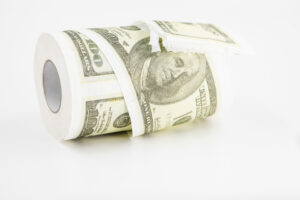The Great Keynesian Coup of August 1971: Fifty Years Later
The comments below are an edited and abridged synopsis of an article by William L. Anderson
President Richard Nixon closed the gold window in 1971. There are several accounts of what happened next: The Keynesian, the Austrian, and the Chicago school’s points of view. Anderson discusses each of these, and the Bretton Woods Conference.
Also explored: Keynesian policies; supply siders; monetarists; and Austrians.
“One can imagine that [Paul] Krugman would have championed Nixon’s moves, from abrogating the Bretton Woods Agreement to imposing wage and price controls. To a Keynesian like Krugman and those that came before him, the economy works best when governments spend recklessly with no constraints.”
“Austrians know better. The collapse of the monetary order in 1971 reflected the massive dislocations and malinvestment of resources that ultimately turned the decade into one crisis after another, and the current economy is facing risks of even greater magnitude. Unfortunately, Keynesians rule the day, just as they did fifty years ago. As Charles-Maurice de Talleyrand wrote of the Bourbons in the years after the French Revolution, “They learned nothing, and they forgot nothing.” One can say the same for the Keynesians. A half century after The Crisis, Keynesians seem hellbent on creating new crises and printing money to ‘fix’ them.”

